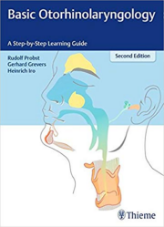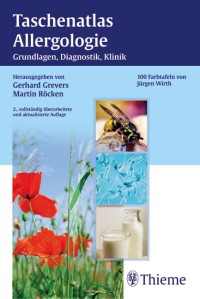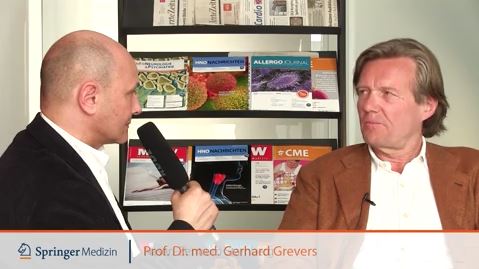Diagnostic Approach to Diseases of the Nose and Sinuses
An exact diagnosis is essential before starting appropriate and individualized therapy. Depending on the history and symptoms, a variety of diagnostic measures may be employed. The following examinations should be performed in virtually every patient with complaints relating to the nose or sinuses:
- Endoscopic examination of the nose. After administration of a nasal spray for local anesthesia and decongestion. A thin, high-intensity fiber optic endoscope is introduced into the nose. The entire nasal cavity can be examined including the nasal septum, turbinates and nasopharynx (posterior region of nasal cavity). In addition, the mucosa can be well visualized. This technique is the best way to completely evaluate the anatomical features inside the nose.
- Rhinomanometry. This test measures the pressure difference between the nostrils and nasopharynx and the amount of air passing through the nose. It should be performed before every operation in order to quantitate the degree of nasal airway obstruction. The test is also an essential part of quality control and should be repeated a few weeks after the operation, especially if the surgical approach has not brought the anticipated clinical improvement. Comparing the pre- and post-operative values allows one to document the success or relative failure of an operation.
- Allergy testing. Nasal airway obstruction can have many causes. Enlargement of the inferior turbinates is one of the most common reasons for this problem; in many instances an allergic diseaseof the nose is the underlying cause for the swelling.
A simple series of skin tests (prick tests) identify over 90% of the allergens (allergic triggers) which are likely to cause allergic rhinitis. This test allows one for all practical purposes to exclude allergic rhinitis or identify its likely causes. In the instances where this simple and convenient test does not give the needed information, additional allergy tests can be performed. When an allergy test is positive-depending on the symptoms-most often a non-operative therapy is sufficient to reduce or eliminate the patient’s complaints. - Smell test. A variety of substances are held in front of each nostril separately before and after decongestion of the nasal mucosa. This test today is usually done using standardized test kits (such as Sniffin Sticks); they provide well-standarized results. The smell test is a key part of the evaluation of all nasal diseases. It is essential when the patient complains of a reduced or even absent sense of smell, which is often the case for patients with nasal polyps.
- Imaging. Modern imaging techniques are essential in the diagnosis of chronic rhinosinusitis and nasal polyps. Cone beam Computed tomography (CBCT) or Computerized tomography (CT scan) are the method of choice for visualizing the fine bony structures which separate the sinuses from the orbit or other sensitive areas of the skull. The exact images of bones forming the boundaries of the sinuses are required by the surgeon as he or she plans an operative approach to correct sinus disease. Excellent imaging makes it possible to operate with the greatest safety, avoiding vital structures which could potentially be damaged (Therapeutic approach to chronic rhinosinusitis and nasal polyps).Conventional X-ray images are not precise enough and even magnetic resonance imaging is not ideal for analyzing these essential structures.













